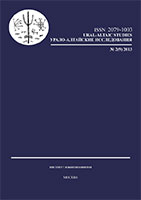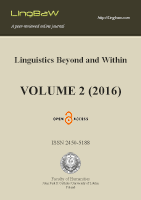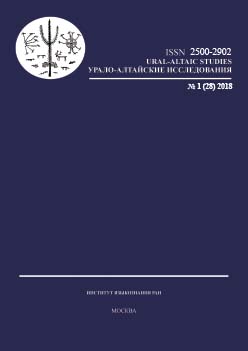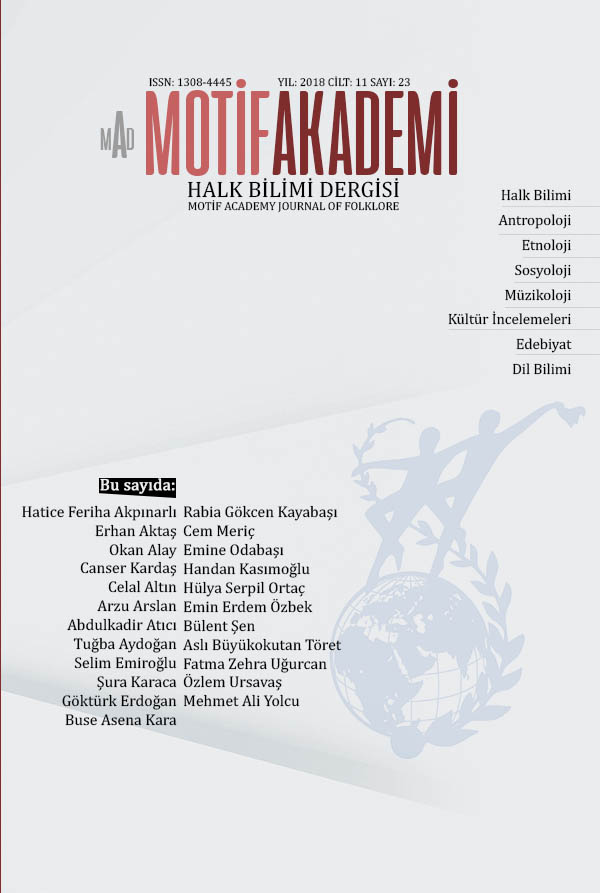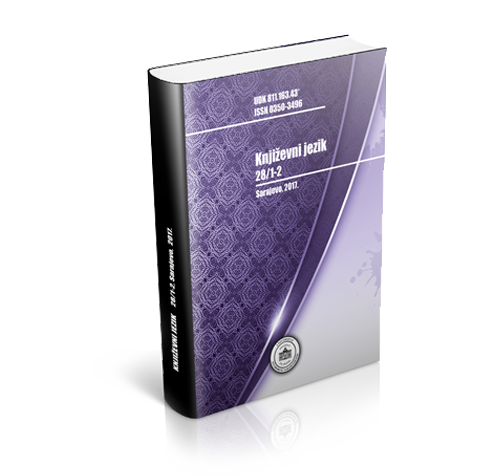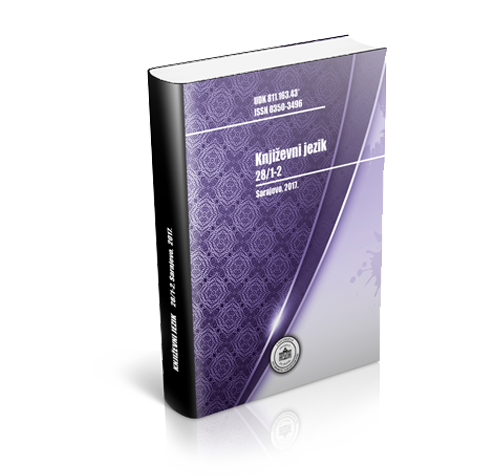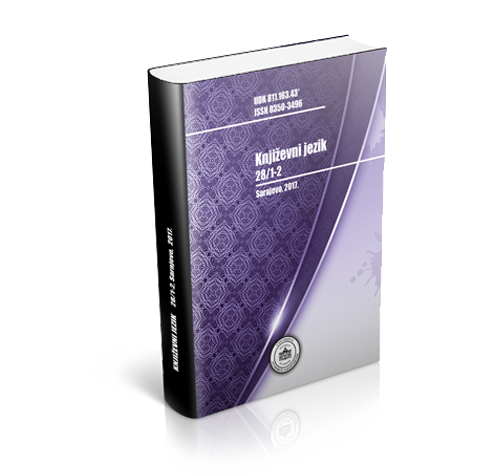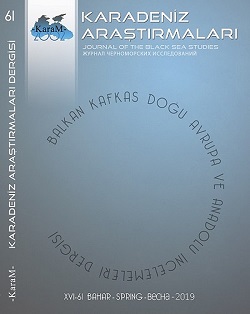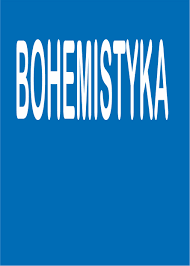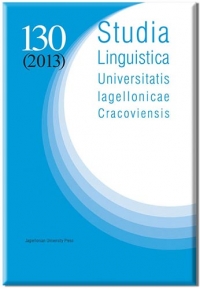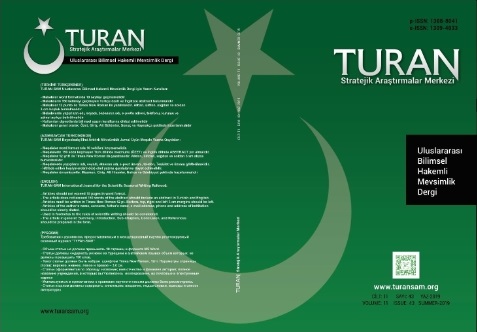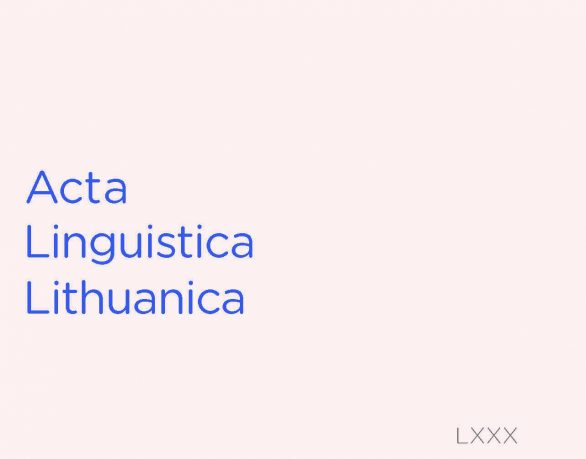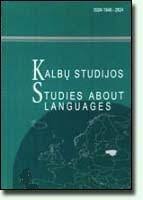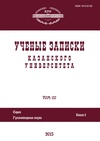Author(s): Jurgita Venckienė / Language(s): Lithuanian
Issue: 20/2018
Maironis (1862–1932) prepared five editions of his poetry book Pavasario balsai. They were published in 1895 (in Tilžė), 1905 (Petersburg), 1913 (Kaunas), 1920 (Tilžė), and 1927 (Kaunas). The article analyses how Maironis changed the alphabet, spelling, phonetics, morphology, and syntax of these editions by tracking the causes of change. When the grammars by Jablonskis were published in 1901 and later, Maironis did not aim to take over the norms given there and to apply them in his poems. Only gradually, observing letters, the rules of spelling, and forms different from his own usage, recommended by authoritative persons or established in the media or in the texts of his friends Maironis himself started to use them. While preparing the edition of 1905, Maironis changed his mind about seven language features. This edition was printed with new characters, (instead of, in 1895 edition; mocziutė → močiutė, szirdies → širdies ) and (instead of in the 1895 edition; Jůksis → Juoksis). Earlier used nom., instr. pl. endings of the (i)ŏ stem nouns and adjectives ei, -eis were changed to (i)ai, -(i)ais (brolei → broliai, sveczeis → svečiais), instr. sg. endings of ()ā, ē stem nouns and adjectives ą, -ę changed to a, -e (bang → bangà, grožybę → gražybe). Maironis also edited the morphology: the ending ė of adj. super. f. nom. sg. was changed to ia, gen. sg. ės – to ios (brangiausė → brangiausia, brangiausės → brangiausios), cond. 1 sg. ending czio, used in the 1895 edition, was changed to čiau (Norėczio → Norėčiau). He stopped using conjunction ką in the attributive clauses as well. The language in the edition of 1913 was edited less. Maironis changed the nom. pl. m. ending of i stem ys, used in the 1905 edition, to įs (akys → akįs); he started to write in in the fut. forms of the verbs with inti instead of the earlier į- (pasveikįsiu → pasveikinsiu). These two changes were related with the works of Kazimieras Būga. Maironis also refused to use cond. 1, 2 pl. forms with tumi (learned from Jaunius; užmirsztumit → užmirštumėt) in the 1913 edition. Maironis slightly edited the language of the 1920 edition of Pavasario balsai as well. Acc. pl. f. of pronominal adjectives were written here with ąsias instead of earlier asias (Linksmasias → Linksmąsias). This ending was given by Jablonskis in 1901 and later in his grammars of 1918 and 1919 and recommended by Būga (1910). The language of the 1927 edition of Pavasario balsai, included in volume I of Maironis’s writings, underwent the most extensive editing. Here Maironis started using the letter much more consistently. He changed the endings of i, u stem nominals: he started to write -ys, -ūs instead of earlier įs, -ųs (akįs, sunųs → akys, sūnūs); wrote the imperative forms with -k[ ] instead of earlier kk[ ] (neverkk → neverk) (but still gk[ ]; džiaugkis → džiaugkis), conjunctive 3 forms with tų (earlier tu; atspėtu → atspėtų). The ending of adjectives in the superlative nom. sg. is was replaced with ias (Augščiausis → Augščiausias), acc. sg. į with -ią (didžiausį → didžiausią). Maironis edited the syntax of his poetry as well: he started to express the address of ė stem nouns not with the nominative, but with the vocative case (graži sesutė → graži sesute), replaced the conjunction kad with kai in the compound sentences meaning time.
More...
